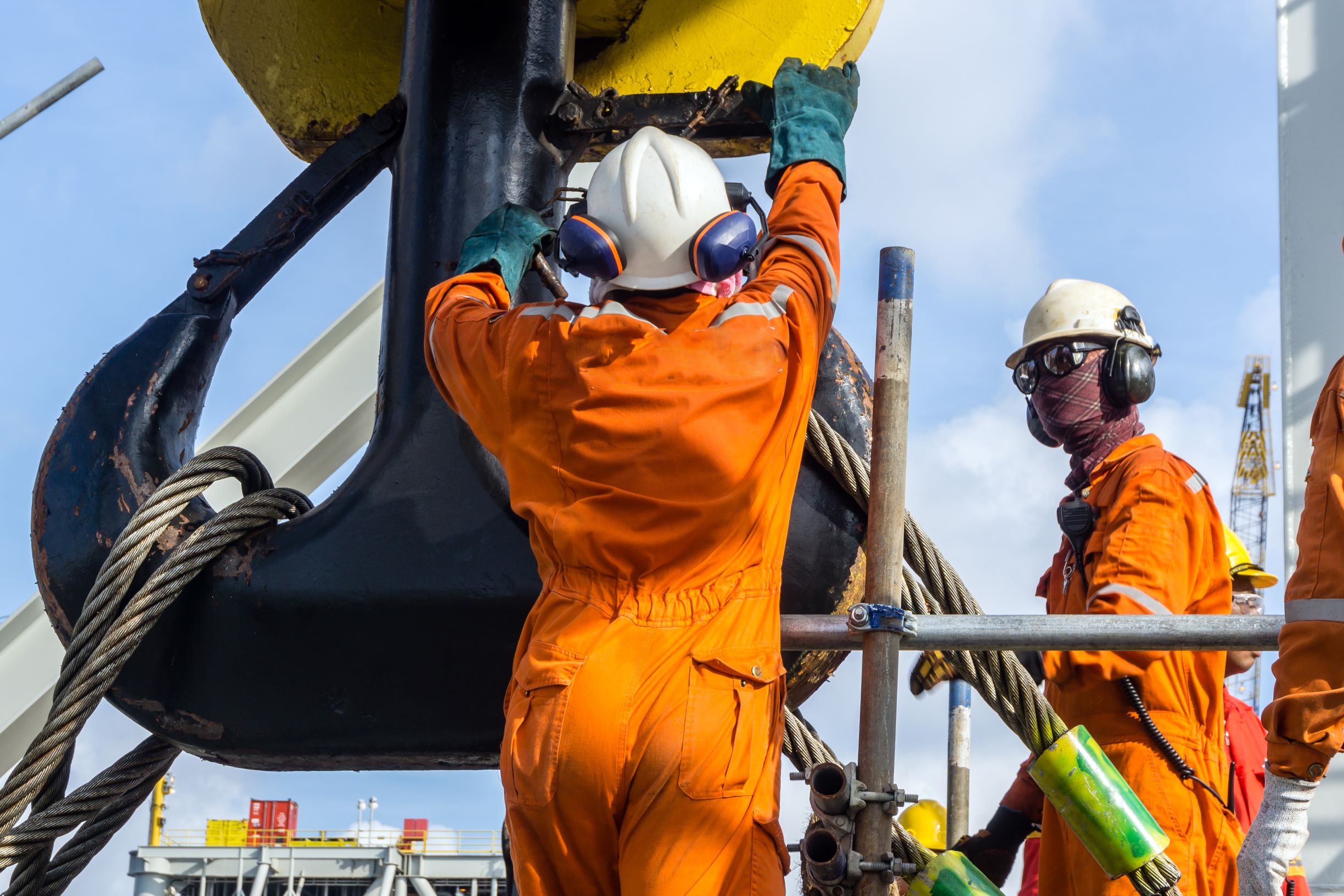Creating a safety culture within an organization
Creating a safety culture within an organization is a long-term and ongoing process that requires commitment from leadership, active participation from employees, and the integration of safety into the organization’s values, beliefs, and practices. Here are steps and strategies for establishing and nurturing a safety culture:

1. Leadership Commitment:
- Demonstrate Visible Leadership: Leaders at all levels of the organization must visibly and consistently prioritize safety. They should model safe behaviors, participate in safety initiatives, and allocate resources to support safety efforts.
- Set Safety Expectations: Clearly communicate the importance of safety as a core organizational value. Set expectations for safety performance and compliance, and hold leaders accountable for safety outcomes.
2. Employee Involvement:
- Engage Employees: Involve employees in safety programs, committees, and decision-making processes. Encourage them to actively participate in identifying hazards, suggesting improvements, and providing feedback.
- Empower Employees: Empower employees to stop work if they perceive an imminent safety hazard. Ensure they have the authority to take corrective actions when necessary.
3. Communication:
- Open and Transparent Communication: Foster a culture of open and transparent communication about safety matters. Share safety information, incident reports, and lessons learned with all employees.
- Regular Safety Meetings: Conduct regular safety meetings and toolbox talks to discuss safety topics, share safety updates, and reinforce safety messages.
4. Safety Training and Education:
- Training Programs: Provide comprehensive safety training and education programs to ensure that employees have the knowledge and skills needed to perform their tasks safely.
- Continuous Learning: Promote continuous learning by offering ongoing safety training and encouraging employees to stay informed about industry best practices.
5. Safety Policies and Procedures:
- Develop Clear Policies: Establish clear and comprehensive safety policies and procedures that align with industry standards and regulations. Ensure that these policies are easily accessible to all employees.
- Consistent Enforcement: Enforce safety policies consistently and fairly. Address non-compliance promptly and provide corrective guidance.
6. Accountability:
- Accountability Systems: Implement systems for holding individuals and teams accountable for safety performance and adherence to safety policies and procedures.
- Recognition and Rewards: Recognize and reward safe behaviors and achievements. Incentivize safety-conscious behavior through positive reinforcement.
7. Safety Audits and Inspections:
- Regular Assessments: Conduct regular safety audits and inspections to identify and address hazards, unsafe practices, and potential risks.
- Feedback and Improvement: Use the findings from safety audits to provide feedback to employees and continuously improve safety practices.
8. Incident Reporting and Investigation:
- Promote Reporting: Encourage employees to report safety concerns, near-misses, and incidents promptly. Create a culture where reporting is valued and encouraged.
- Thorough Investigations: Conduct thorough incident investigations to determine root causes and implement corrective actions to prevent similar incidents in the future.
9. Continuous Improvement:
- Learn from Incidents: Ensure that lessons learned from incidents and near-misses are shared and integrated into safety programs.
- Regular Evaluation: Continuously evaluate the effectiveness of safety initiatives and adjust strategies as needed to improve safety culture.
10. Safety Metrics and Performance Indicators:
- Track and Measure: Establish key performance indicators (KPIs) and metrics to track safety performance. Share these metrics with employees to illustrate progress and areas needing improvement.
11. Celebrate Safety Achievements:
- Recognition: Celebrate safety milestones and achievements to reinforce the importance of safety culture and to acknowledge the efforts of employees.
Creating and sustaining a safety culture requires a concerted effort and ongoing commitment from all levels of the organization. It involves not only implementing policies and procedures but also fostering a mindset where safety is everyone’s responsibility. Over time, a strong safety culture becomes ingrained in the organization’s DNA, leading to safer work environments and reduced incidents.
